Decorating your home can be an exciting process, but it’s easy to make mistakes along the way. Avoiding common pitfalls can save you time, money, and frustration. Simple choices, like picking the right paint color or furniture, can have a big impact. Understanding what to avoid will help you create a space you love.
Ignoring the Scale of Furniture
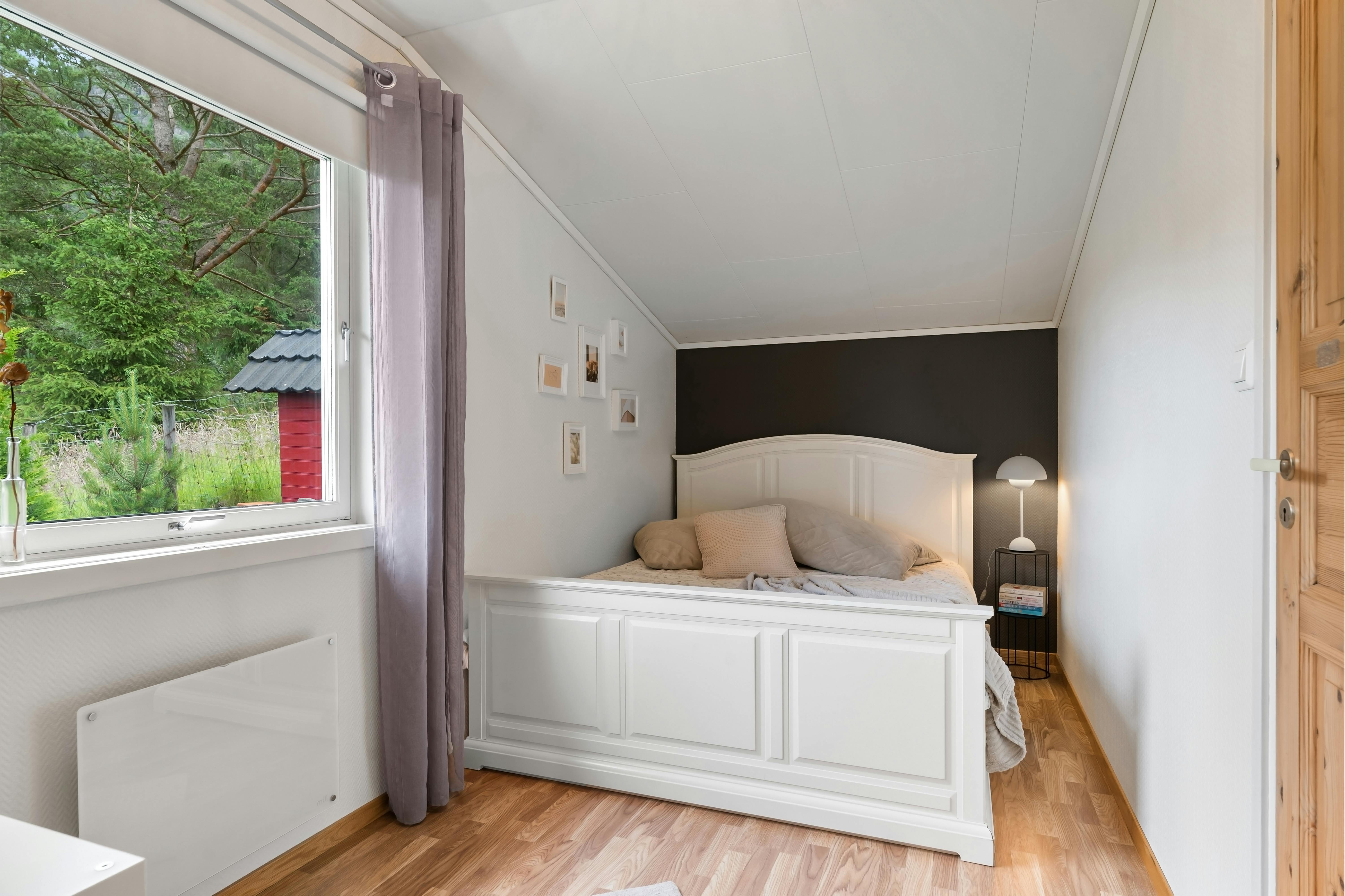
One common mistake is choosing furniture that’s too big or too small for your space. Oversized pieces can make a room feel cramped, while undersized furniture might look lost in a larger area. It’s essential to measure your space and consider proportions before making a purchase. This ensures that each piece fits harmoniously within the room.
Overlooking Lighting
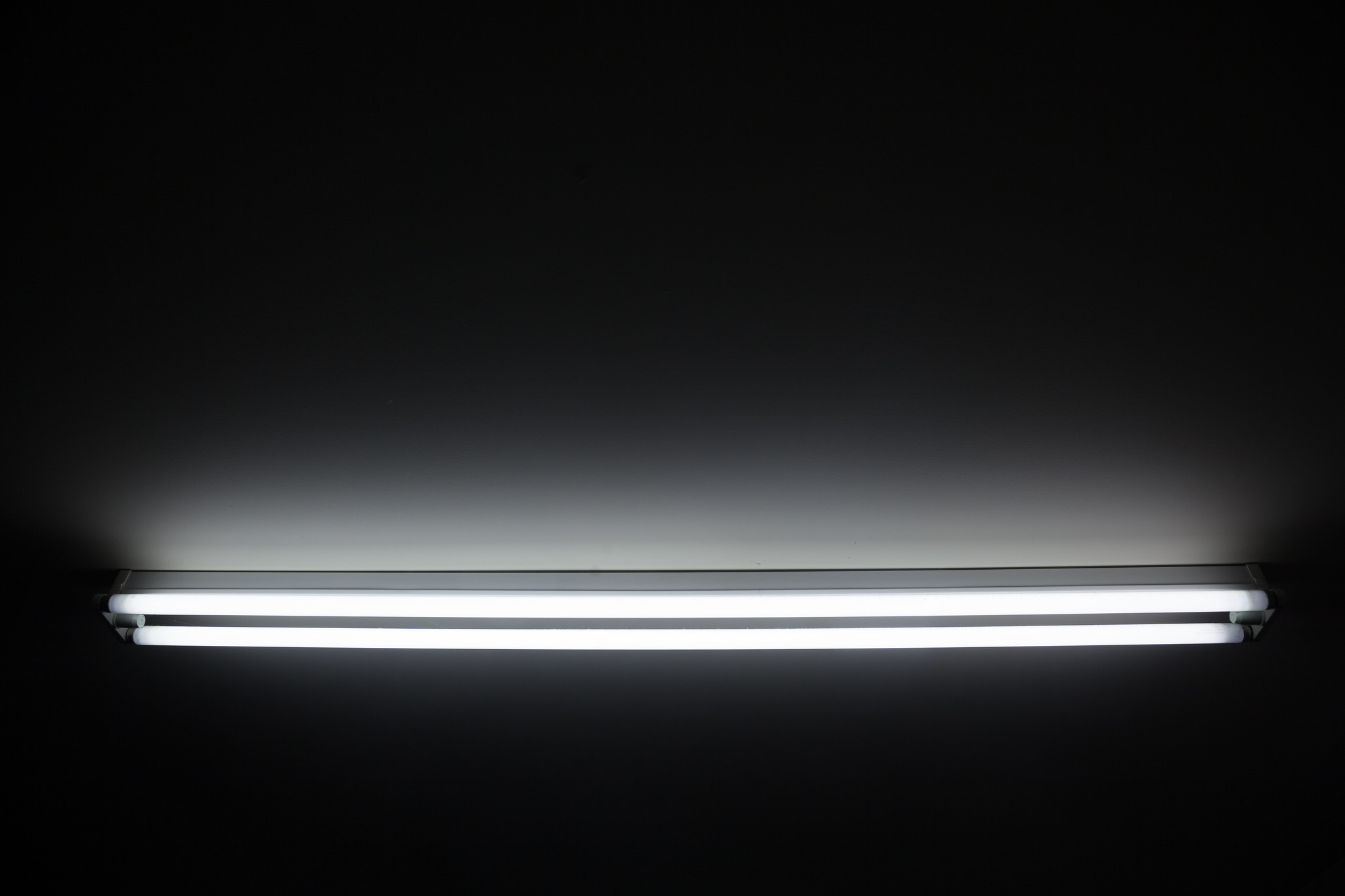
Lighting plays a crucial role in the ambiance and functionality of a room, yet it’s often an afterthought. Relying solely on overhead lighting can make a space feel flat and uninviting. Incorporating a mix of ambient, task, and accent lighting can create a more balanced and welcoming atmosphere. Don’t forget to include dimmers to adjust the mood as needed.
Using Too Many Colors
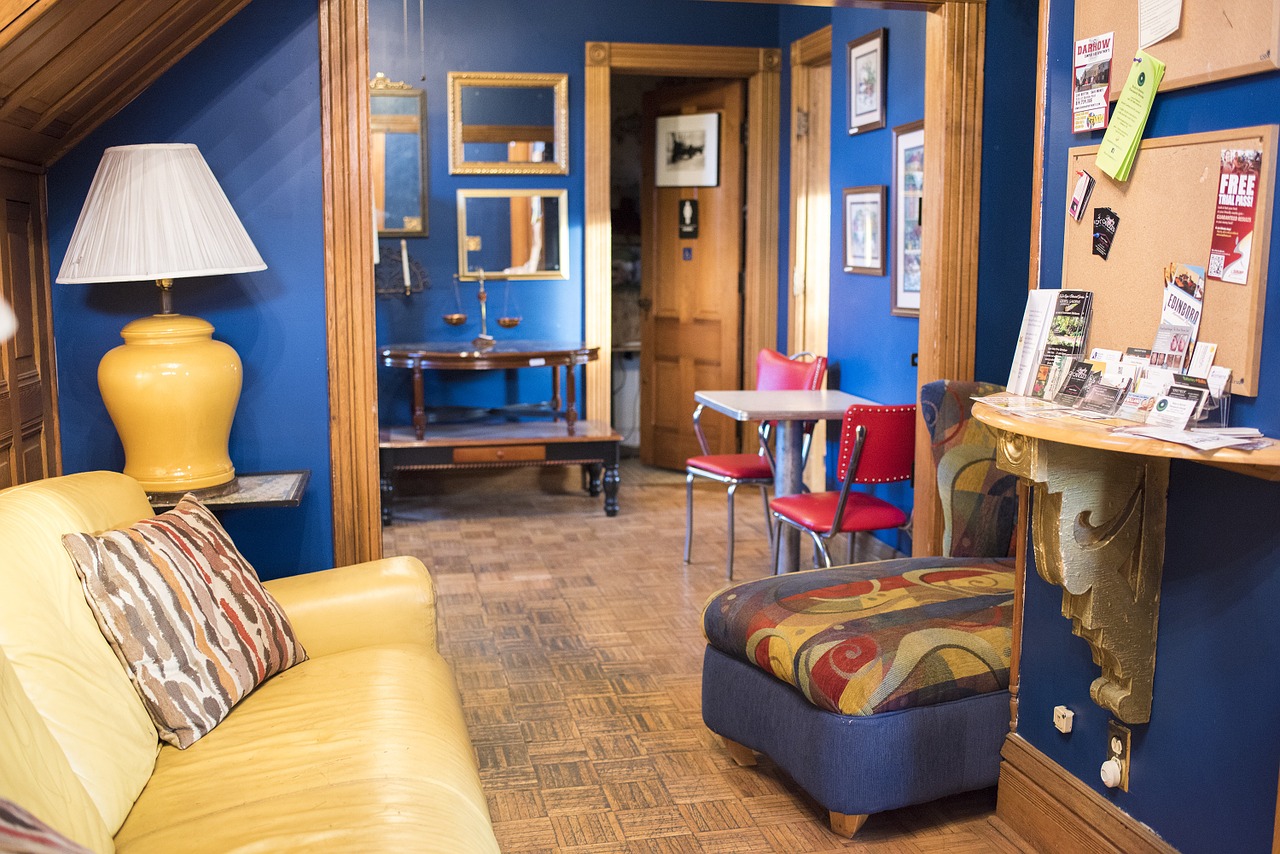
While color is key to personalizing a space, using too many different colors can create a chaotic look. A lack of a cohesive color scheme can make rooms feel disconnected and overwhelming. Stick to a palette of complementary colors that flow well from one room to the next. This will help create a more harmonious and visually appealing environment.
Pushing All Furniture Against the Walls
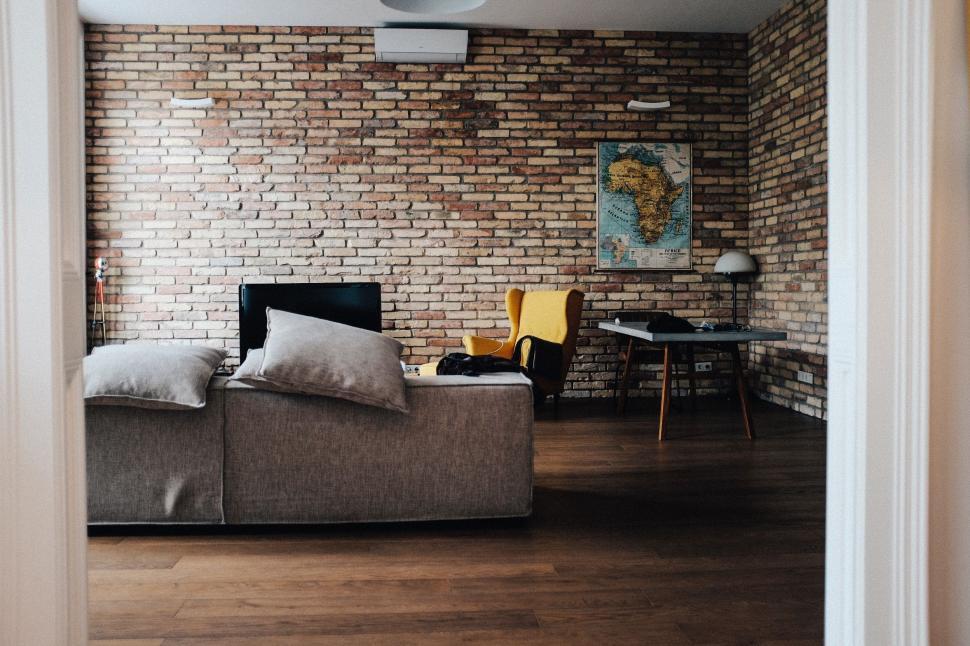
Many people push their furniture against the walls in an attempt to make a room feel larger, but this can actually have the opposite effect. This arrangement often makes the space feel disconnected and less cozy. Instead, try floating furniture away from the walls and creating intimate conversation areas. This can make the room feel more inviting and well-organized.
Neglecting to Create a Focal Point
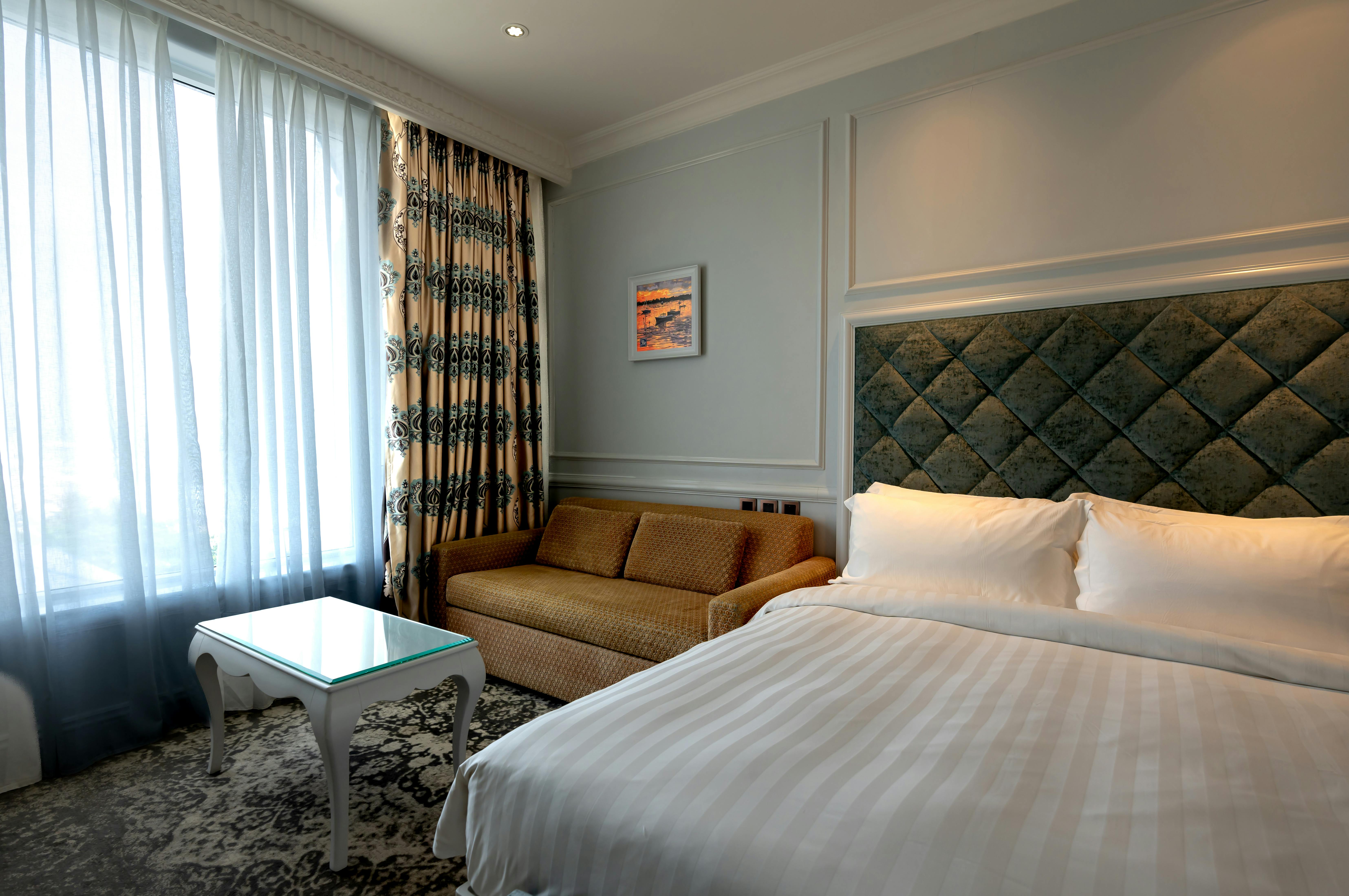
A room without a focal point can feel directionless and unanchored. Whether it’s a fireplace, a piece of art, or a stunning piece of furniture, having a focal point gives the room purpose and a sense of balance. Make sure other elements in the room complement and highlight this feature. This helps guide the eye and creates a more cohesive design.
Forgetting About Functionality
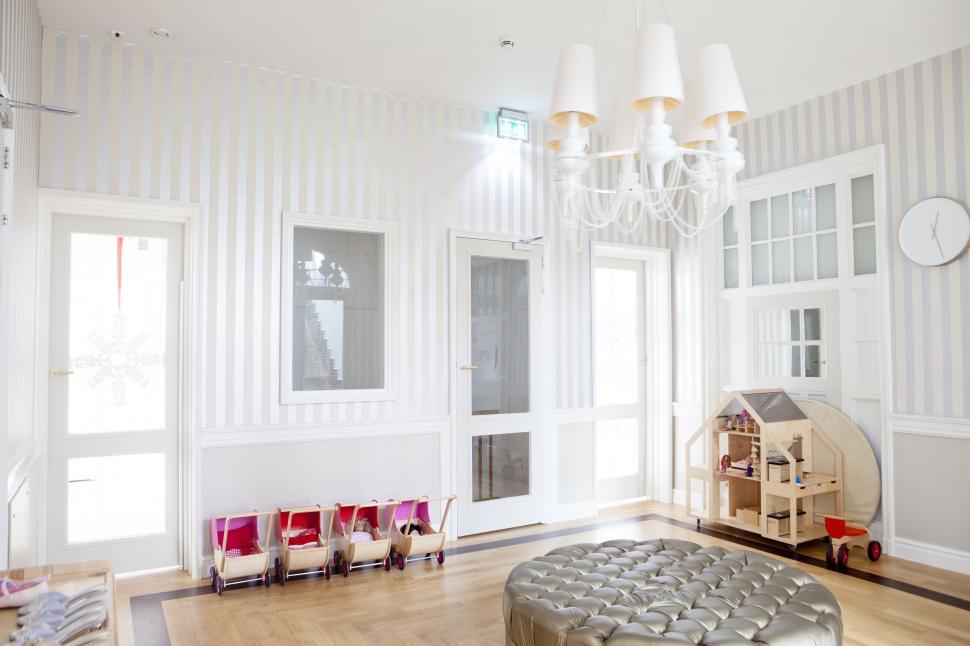
A beautifully decorated space is great, but it must also be practical for everyday use. Neglecting functionality can lead to frustration and a space that doesn’t meet your needs. Consider how you live and move through your home, and choose furniture and layouts that support your daily activities. Functionality should go hand in hand with style.
Overloading on Accessories
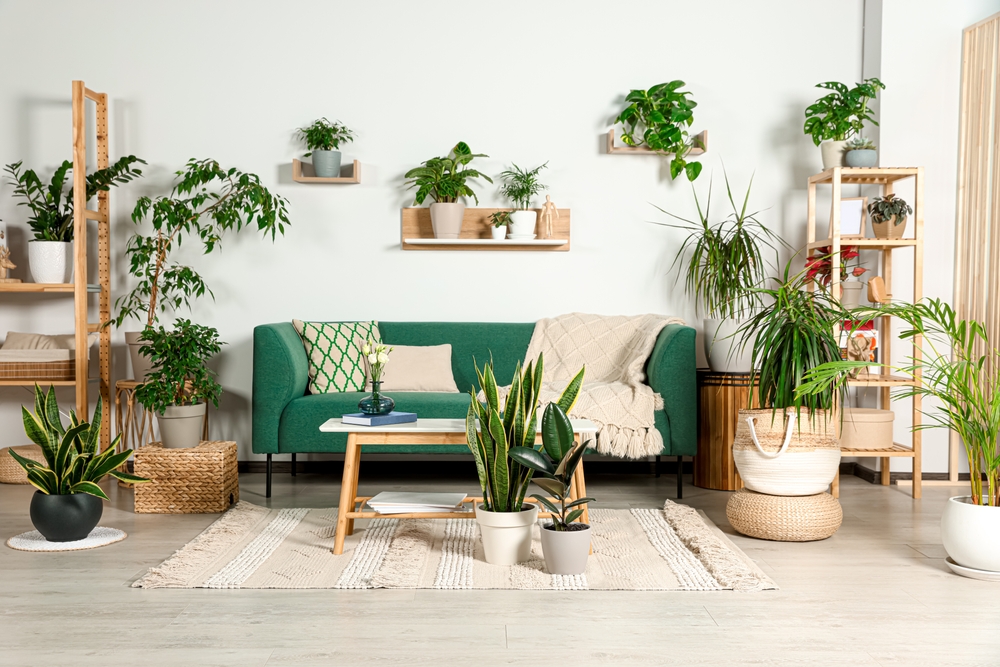
Accessories can add personality to a room, but too many can create clutter and overwhelm the space. It’s important to strike a balance between too much and too little. Choose a few key pieces that reflect your style and arrange them thoughtfully. This approach will create a more curated and intentional look.
Ignoring the Importance of Texture

A room that lacks texture can feel flat and uninspired, no matter how well it’s decorated. Mixing different materials, such as wood, metal, fabric, and glass, can add depth and interest to your space. Incorporating a variety of textures creates a more dynamic and visually engaging environment. Don’t be afraid to layer different textures for added warmth and richness.
Matching Everything
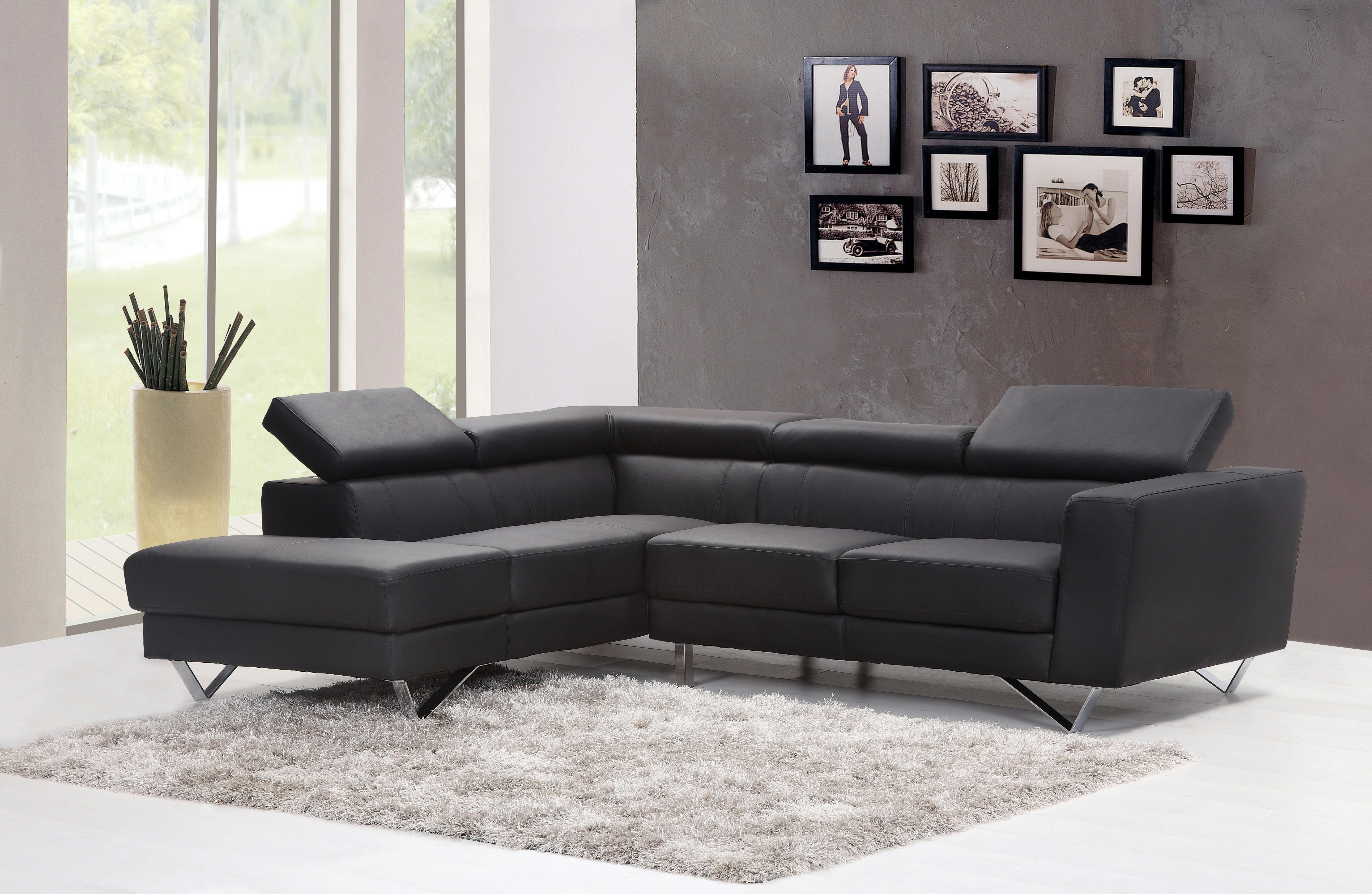
While it might seem like matching all your furniture and decor is a safe choice, it can make a room feel monotonous and lifeless. A space that’s too “matchy-matchy” lacks personality and interest. Instead, mix and match different styles, colors, and materials to create a more eclectic and lively space. This approach will make your home feel more unique and reflective of your personal taste.
Neglecting the Entryway
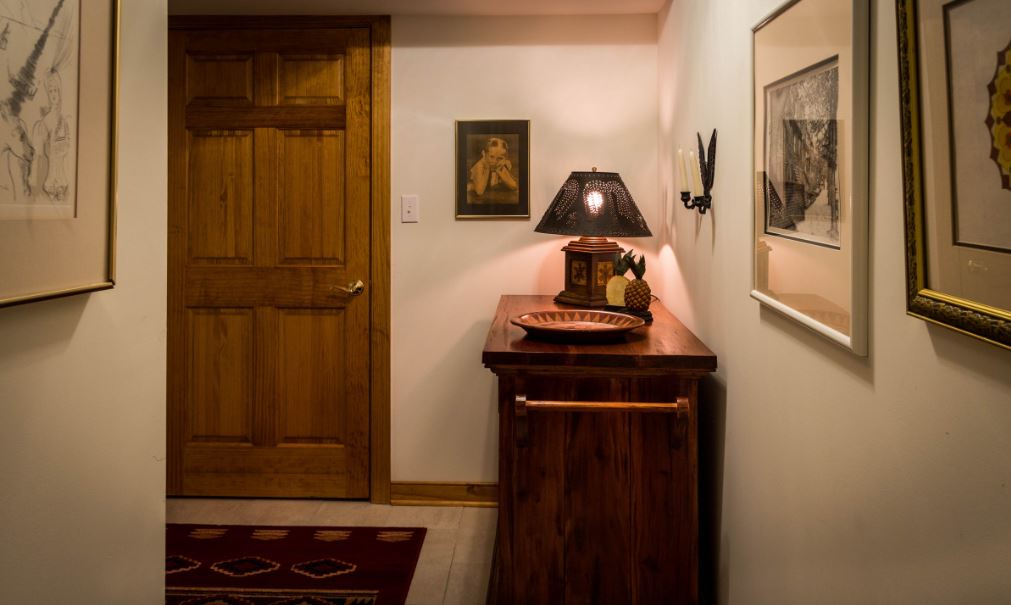
The entryway is the first impression of your home, yet it’s often overlooked in the decorating process. A well-decorated entryway sets the tone for the rest of the house and creates a welcoming atmosphere. Incorporate functional pieces like a console table, mirror, and storage to keep the area organized. Adding some decor, such as a rug or artwork, can also enhance the space’s appeal.
Underestimating the Power of Mirrors
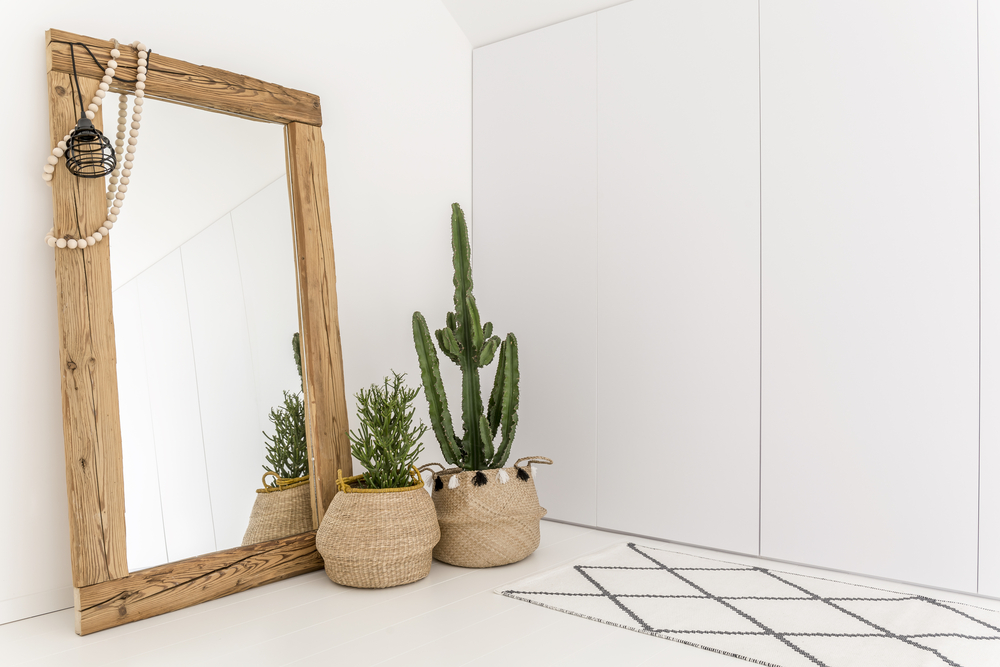
Mirrors are a great tool for making small spaces feel larger and brighter, but they’re often underused. Placing a mirror opposite a window can reflect natural light and create a more open feel. Mirrors can also add a decorative element and serve as a focal point in a room. Use them strategically to enhance both the functionality and aesthetics of your space.
Choosing Rugs That Are Too Small
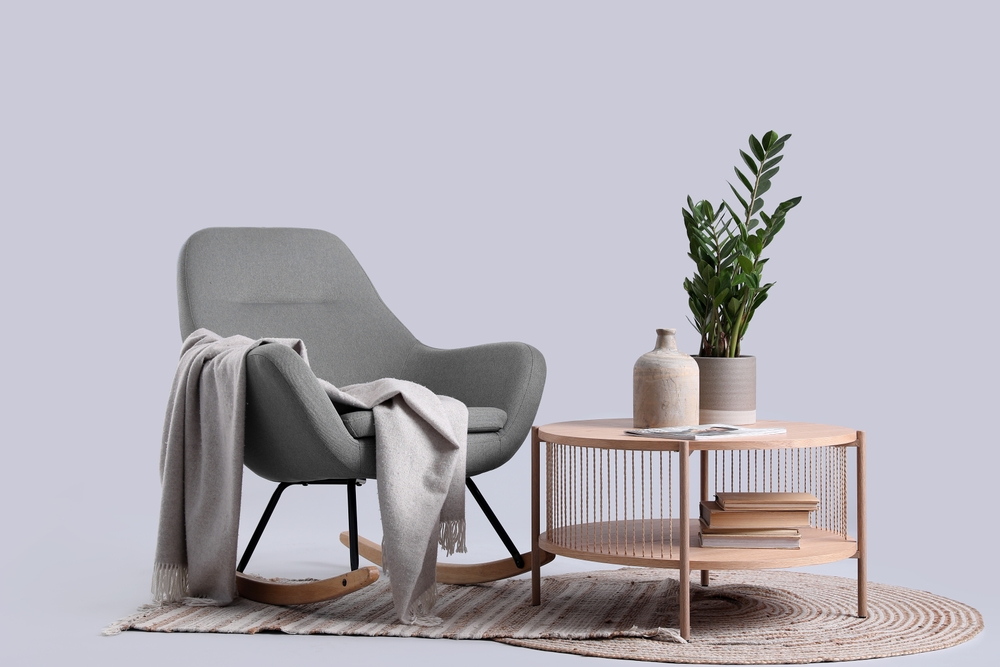
A rug that’s too small can make a room feel disjointed and awkward. The right-sized rug helps to anchor the furniture and define the space. Ideally, all the furniture in a seating area should be able to sit on the rug, or at least the front legs. This creates a more cohesive and inviting look in any room.
Forgetting to Personalize the Space
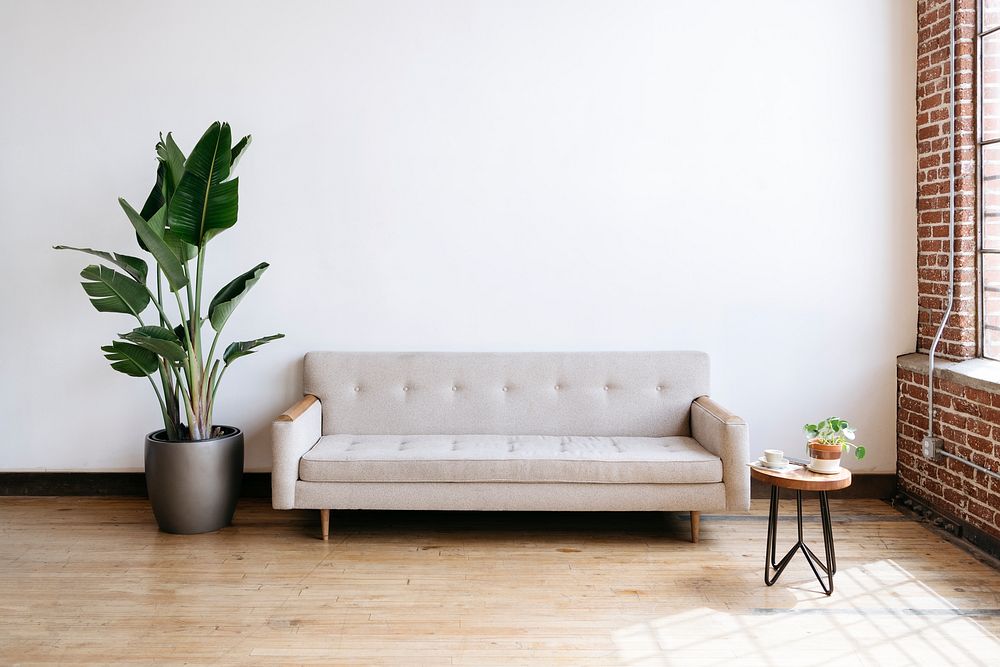
Decorating a home without incorporating personal touches can result in a space that feels generic and impersonal. Adding family photos, heirlooms, or pieces that reflect your interests and travels can make your home uniquely yours. It’s these personal elements that add warmth and character to a space. Don’t shy away from showcasing what makes you, you.
Overlooking Storage Needs
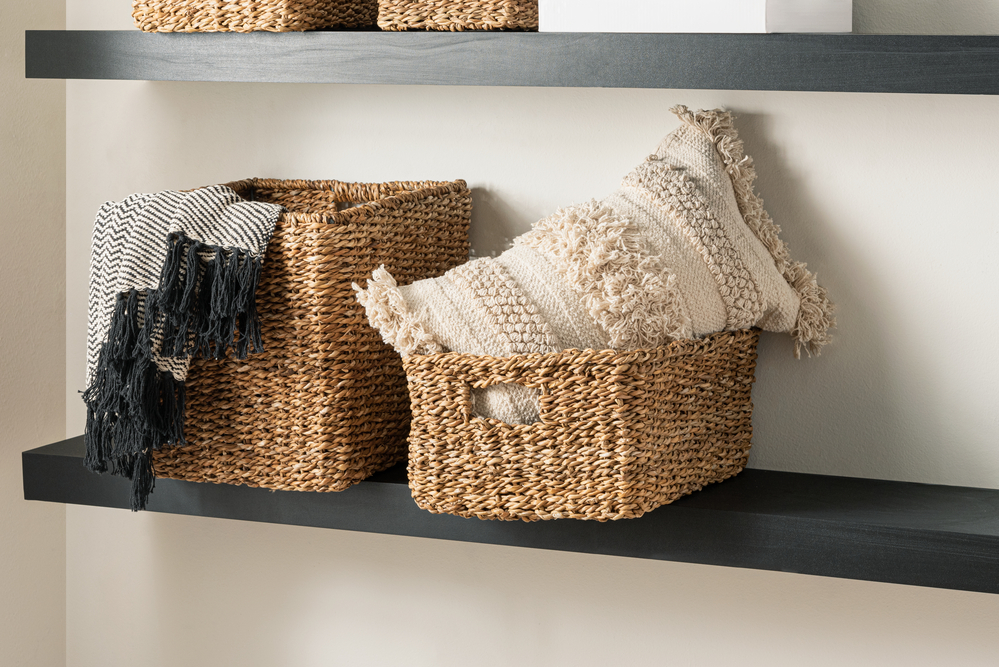
A beautiful room can quickly become cluttered without adequate storage. It’s important to consider where you’ll keep everyday items and how they’ll be organized. Built-ins, baskets, and multi-functional furniture are great ways to add storage without sacrificing style. Addressing storage needs from the start will help keep your space tidy and functional.
Disregarding the Flow Between Rooms
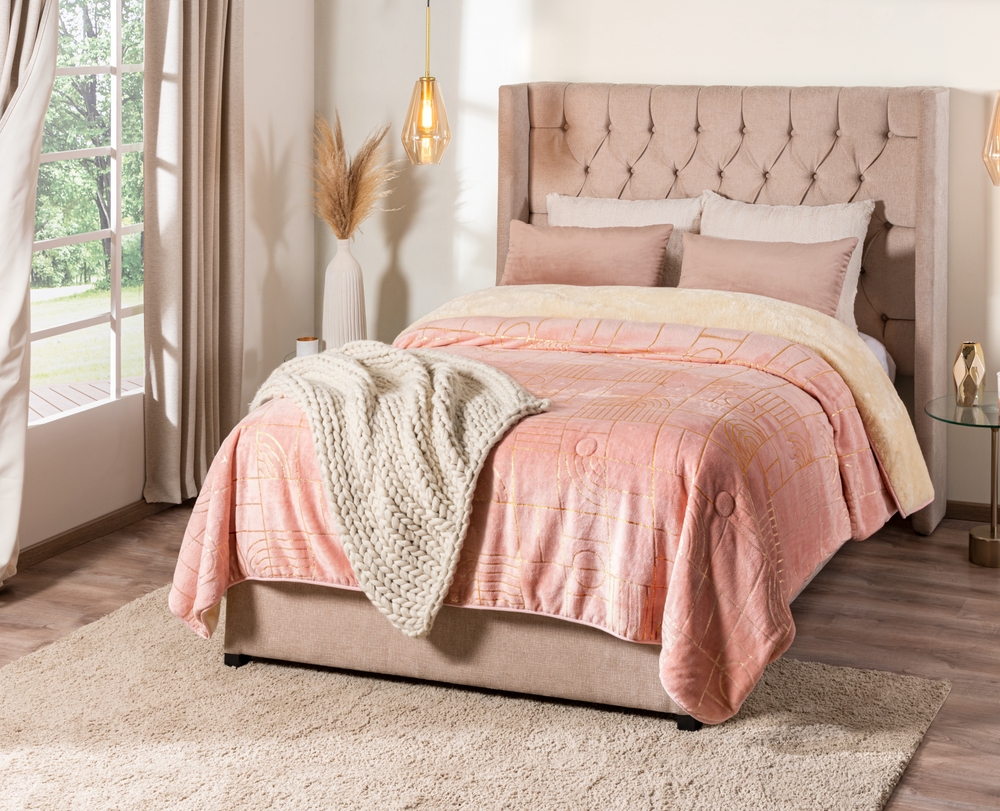
Each room in your home should feel connected to the others, both in terms of style and layout. Disregarding the flow can create a disjointed and confusing space. Choose colors, materials, and furniture that work well together across different rooms. This will create a more cohesive and harmonious home environment.
Skipping the Test Swatch
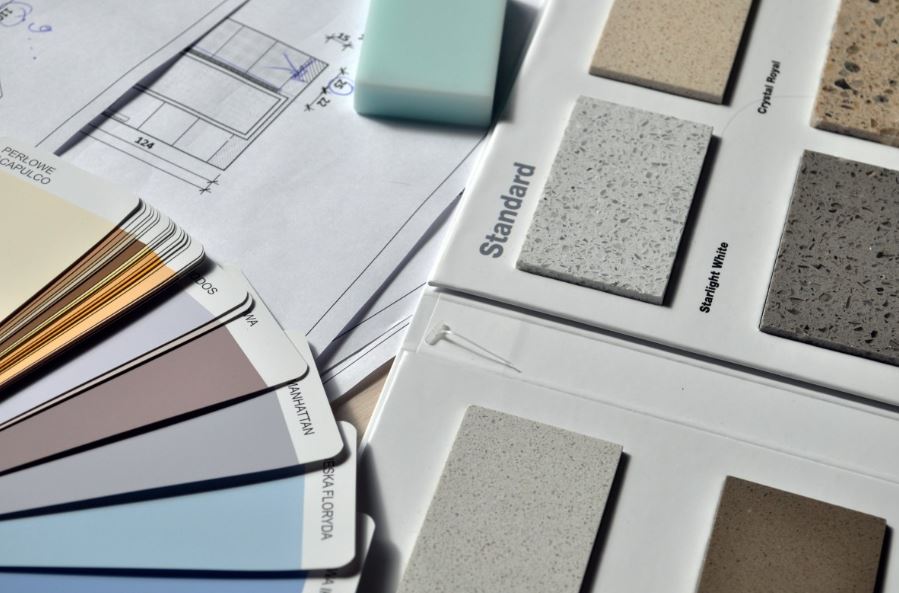
When choosing paint colors, many people make the mistake of skipping the test swatch, leading to disappointment. Paint colors can look very different once on the walls, depending on the lighting and surrounding elements. Always test a swatch on the wall and observe it at different times of the day. This simple step can save you from costly and time-consuming mistakes.
This article originally appeared on UnifyCosmos.
More from UnifyCosmos
20 Red Flags That Signal a Toxic Workplace Environment

Recognizing the signs of a toxic workplace is crucial for your well-being and professional growth. From constant negativity to lack of support, these red flags can seriously impact your mental health and job satisfaction. Read More
18 Simple Skincare Habits for a Glowing Complexion

Achieving a glowing complexion doesn’t require complicated products or an intensive routine. In fact, some of the most effective skincare habits are simple changes you can make in your daily life. Read More
17 Lip Balms That Keep Your Lips Soft All Day

Keeping your lips soft and moisturized throughout the day is essential, especially with changing weather conditions. The right lip balm not only locks in moisture but also protects your lips from drying out. Read More
Leave a Reply